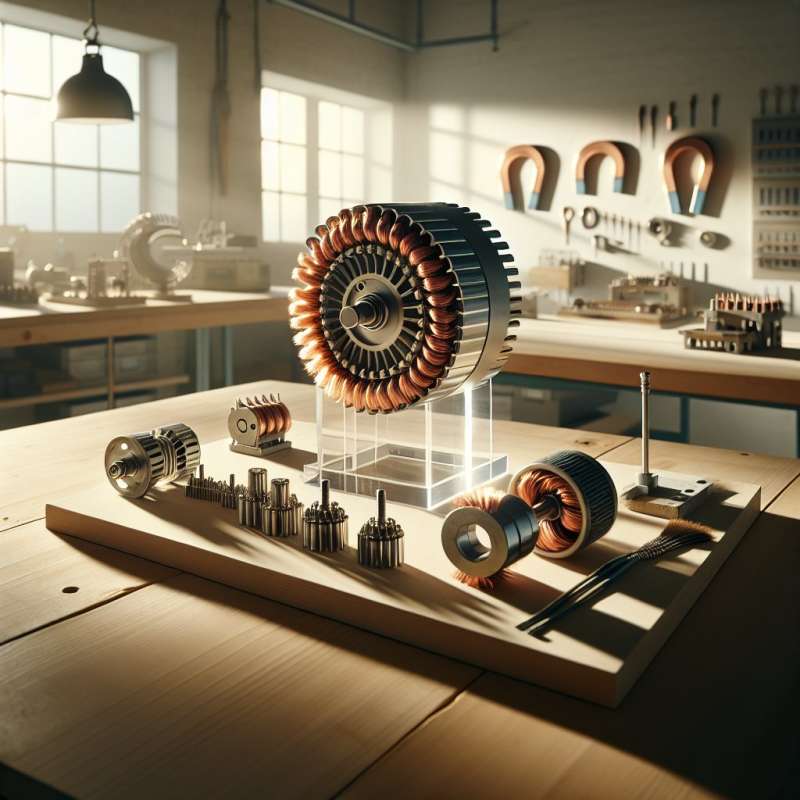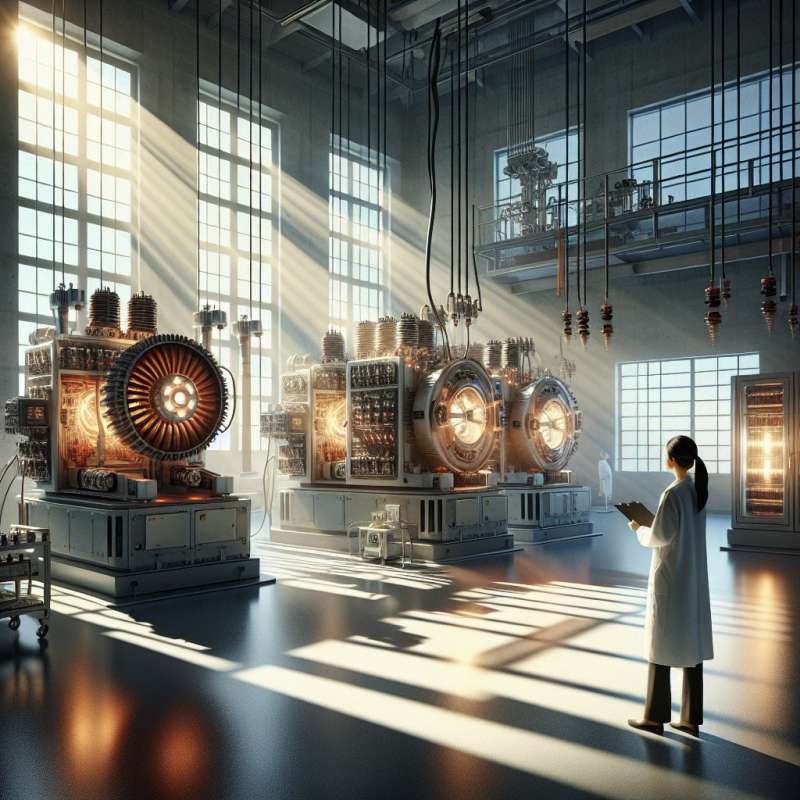
DC Generator Introduction
A DC generator converts mechanical energy into direct current electricity. It utilizes Faraday's law of electromagnetic induction, harnessing the movement of conductors in a magnetic field.
Main Components
Key parts include the stator (stationary component), rotor (rotating armature), commutator (reverses current direction), brushes (conduct current), and a magnetic field source.
Excitation Methods
Generators use different excitation methods: self-excited, separately excited, or permanent magnets. The choice affects output stability and control complexity.
Commutation Process
A commutator converts the alternating current induced in the armature coils into direct current, crucial for DC generator functionality, and requires precise timing.
Armature Windings
Windings can be lap or wave-connected. Lap windings yield high current, low voltage outputs, while wave windings provide low current, high voltage outputs.
Types of DC Generators
Classified by output, there are series, shunt, and compound generators. Each offers unique characteristics for specific applications, like varying loads and speeds.
Eddy Currents Reduction
Generators are designed with laminated cores to minimize eddy currents, which cause power losses and heating, thereby improving efficiency and lifespan.
What does a DC generator convert?
Electricity to mechanical energy
Mechanical energy to direct current
Magnetic field to motion
Company